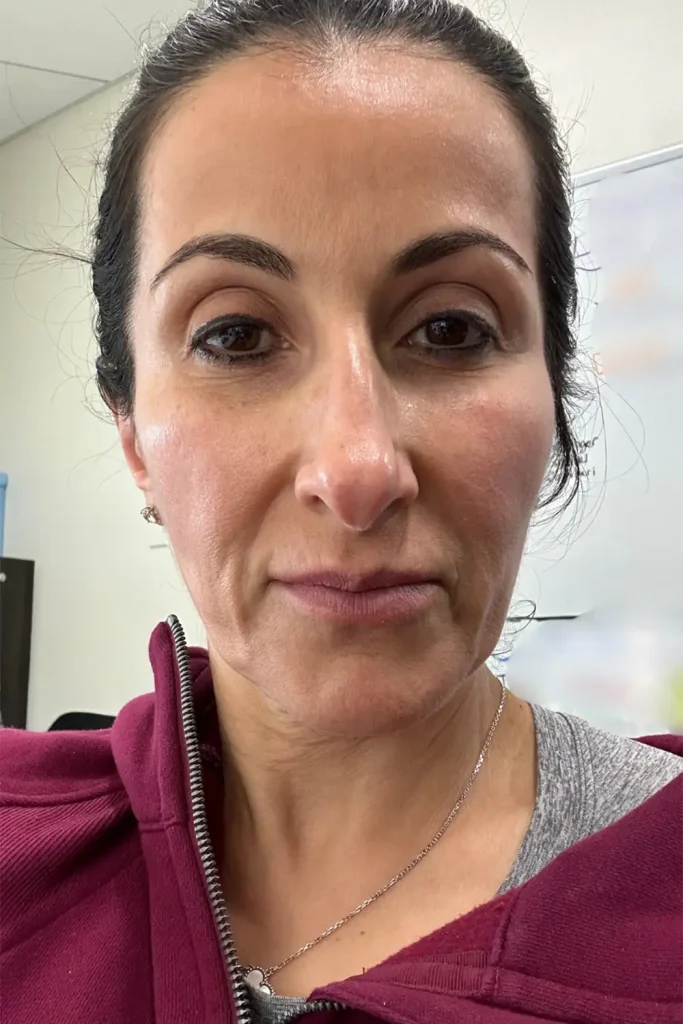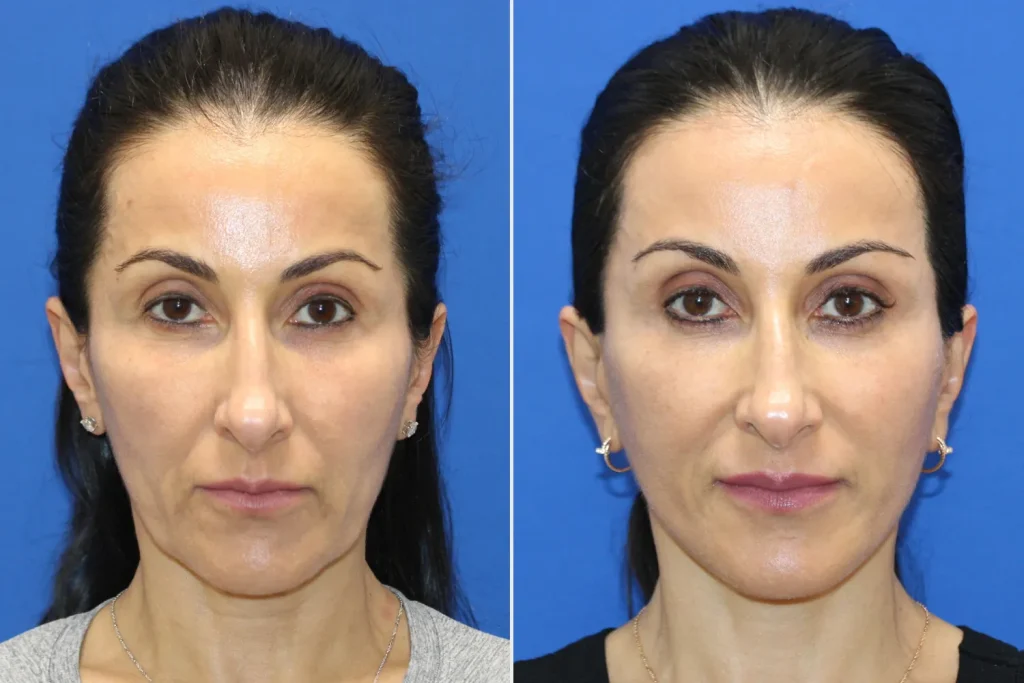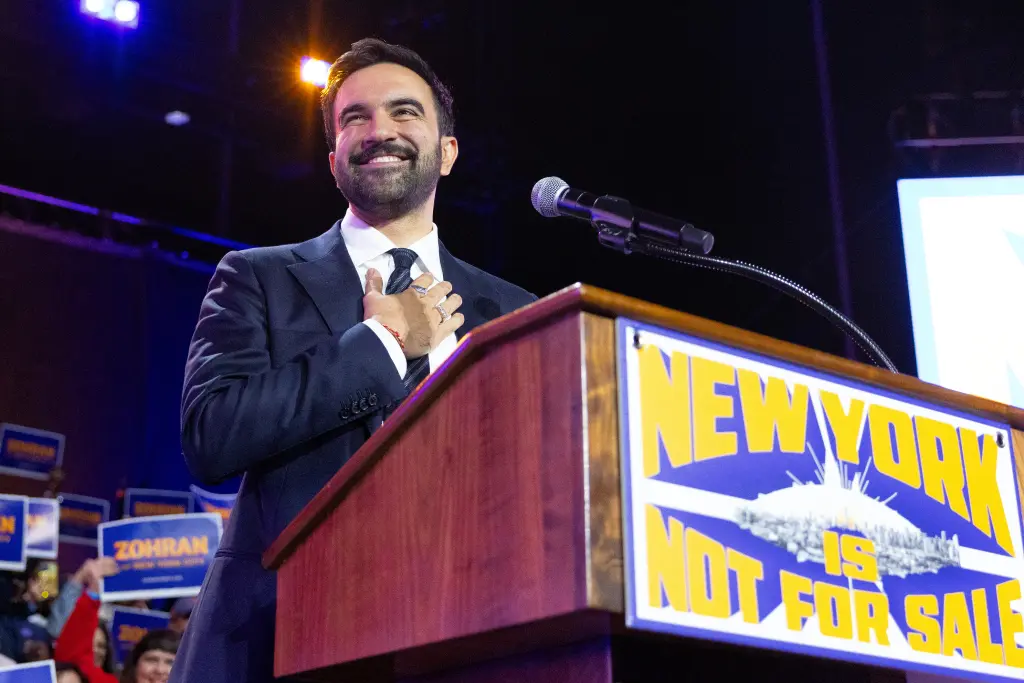Neda Karam Turned to Her Husband, Famed Plastic Surgeon Dr. Amir Karam, for a Dramatic Facelift — From Trust and Boundaries to Recovery and Cost, the Couple Breaks Down Everything
Neda Karam always says she married her best friend before she ever considered him her doctor. That distinction mattered when she began noticing changes in the mirror that didn’t match how she felt inside. The soft fullness of her cheeks had settled, the jawline she loved looked less defined, and the camera seemed to find every sign of time even on the days she felt radiant. She had watched countless women travel to see her husband, Dr. Amir Karam, a board-certified facial plastic surgeon known for his facelift work, but she had never pictured herself as the one in the operating room. When she finally did, the most surprising decision wasn’t medical at all. It was personal. She chose the surgeon she trusted most because she also trusted the man.

What followed was a careful, almost methodical conversation that any married couple would recognize. They set ground rules. At home, they would be husband and wife. At the office, they would be surgeon and patient. That separation wasn’t just polite; it was protective. Neda wanted the same standardized process any patient would receive — full consultations, photography, risk discussions, and time to think. Amir wanted the same clinical clarity he gives strangers — objective planning, conservative choices, and the reminder that the best facelift doesn’t change who you are; it restores what you’ve lost. They agreed that if either of them felt uneasy at any point, they would stop. Consent, they said, had to remain as active as the scalpel.

Neda remembers the day of surgery as oddly calm. She had already seen Amir’s results hundreds of times; she knew the routine, the checklists, the energy of the operating room. But there was something moving about watching the person you love become the person responsible for your care. He didn’t skip a single step because of who she was. If anything, he doubled down on the routine: the markings along the hairline and around the ear, the discussion with anesthesia, the final pause before they began. It looked exactly like every case he does, she says, which was exactly the point.
The recovery became their truest test of boundaries. Amir was attentive but deliberately professional — checking incisions, monitoring swelling, and reminding her to keep walking, hydrating, and resting rather than rushing back into real life. Neda, who admits she’s a doer by nature, had to accept that healing has its own schedule. The first week brought the expected swelling and tightness. By the second, the bruising softened. Around the one-month mark she began to recognize herself, only fresher, as if someone had returned definition to her jaw and lifted the heaviness from her lower face without changing her features. Friends told her she looked “rested,” the compliment every facelift hopes to earn.

Talking about cost was the other line they refused to blur. They emphasized that no patient should assume a special rate because of a relationship and that pricing in facial plastic surgery varies widely by geography, surgeon experience, and scope of the procedure. What matters most, they argued, is transparency — understanding exactly what is included, from the surgeon’s fee and facility time to anesthesia and follow-up care — and choosing a practice that communicates clearly before you ever set foot in an operating room. They declined to turn an intimate medical decision into a shopping list and instead encouraged people to meet several surgeons, compare plans, and prioritize safety and natural results over bargains.
Neda says the experience ultimately strengthened their marriage because it required both of them to honor each role fully. She had to be a patient, which meant asking questions, setting limits, and following instructions even when she felt impatient. He had to be a surgeon, which meant delivering the same standard of care he is known for and not letting emotions cut corners. It turns out that professionalism can be an expression of love; by protecting each other from the blurring of lines, they protected the outcome, too.
Today, when she looks at before-and-after photos, Neda doesn’t see a new face. She sees a familiar one brought back into focus — the high points of her cheeks, the elegant curve in front of her ears, the crispness of her jaw. If there’s a lesson in the story, it isn’t that everyone should ask a spouse to operate; many shouldn’t, and many surgeons wouldn’t. The lesson is about trust, preparation, and fit. Choose the right procedure for the right reasons with the right team, and the result should feel like yourself again. That’s what Neda wanted when she stepped into her husband’s office as a patient, and it’s exactly what she takes with her when she walks back into their home as a wife.



